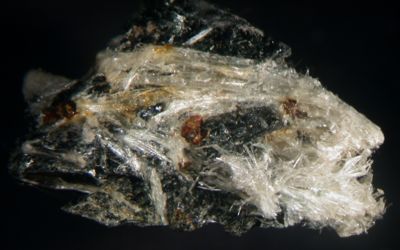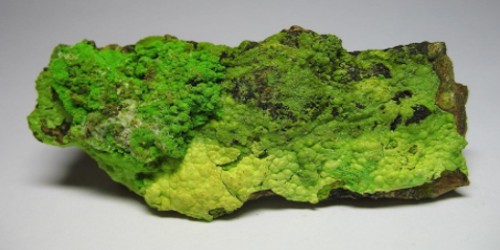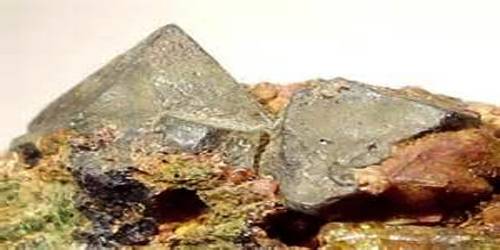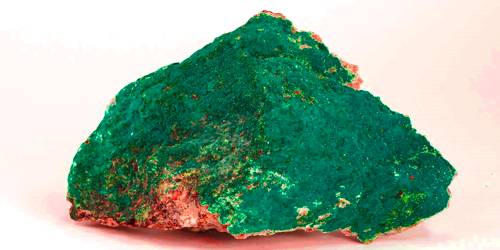Jimthompsonite is a magnesium iron silicate mineral with formula: (Mg, Fe2+)5Si6O16(OH)2. It is an inosilicate with a triple chain silicate backbone, jimthompsonite and a few other minerals have even wider chains. It is a triple chain silicate (or inosilicate) along with clinojimthompsonite and chesterite.
They were described in 1977 by Burham and Veblen. James B. Thompson, Jr. postulated the existence of the new biopyroles in 1970. The theory proved correct when jimthompsonite, clinojimthompsonite, and chesterite were discovered in the Carlton Quarry in Windsor County, Vermont in 1977.
General
- Category: Inosilicates
- Formula: (Mg,Fe2+)5Si6O16(OH)2
- Crystal system: Orthorhombic
- Crystal class: Dipyramidal (mmm)

Fig: Jimthompsonite – a magnesium iron silicate mineral
Properties
The new minerals are found intergrown with the amphiboles anthophyllite and cummingtonite in sprays up to 5 cm long. They are all colorless to pale pinkish-brown and transparent. It has a perfect cleavage, its colorless to pink brown with a density of 3.03 g/cm3 and hardness of 2-2.5 gypsum. It has a white streak and silky-pearly luster.
- Color: Colorless to very light pinkish brown
- Crystal habit: Radiating sprays and fibrous intergrowths
- Cleavage: Perfect on {210} with 38° and 142° intersecting angle
- Mohs scale hardness: 2-2.5
- Specific gravity:3.02 (calculated)
- Optical properties: Biaxial (-)
Composition
The chemical formula of jimthompsonite is (Mg, Fe++)5 Si6O16(OH). Veblen and Durham determined the percentages of jimthompsonite as follows:
- Magnesium 14.71% Mg 24.40% MgO
- Iron 11.27% Fe 14.50% FeO
- Silicon 27.20% Si 58.20% SiO2
- Hydrogen 0.33% H 2.91% H2O
- Oxygen 46.49% O
Occurrence – In the black wall-rock between chlorite and actinolite zones of a metamorphosed ultramafic body.
It is found in the Carleton talc quarry, near Chester, Windsor County, Vermont, US. The name triple chain silicate comes from a wide complex chain structure as silicon being the most dominant element in its composition. It was named for James Burleigh Thompson, Jr. (born 1921), petrologist of Harvard University, Cambridge, Massachusetts, US.
Information Source:
















